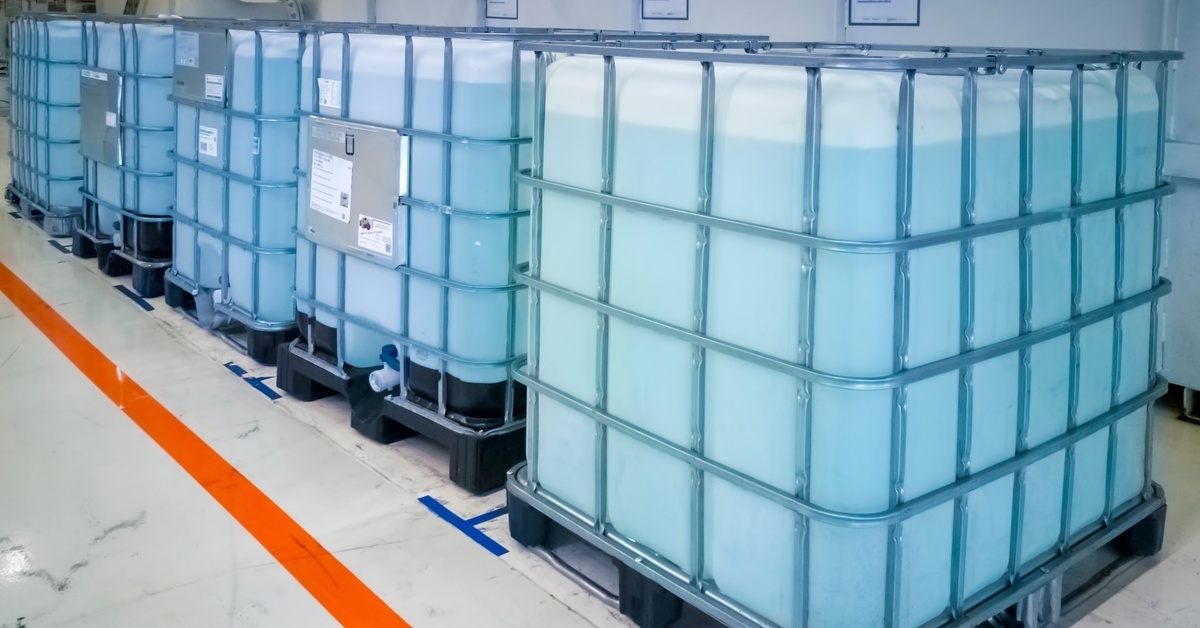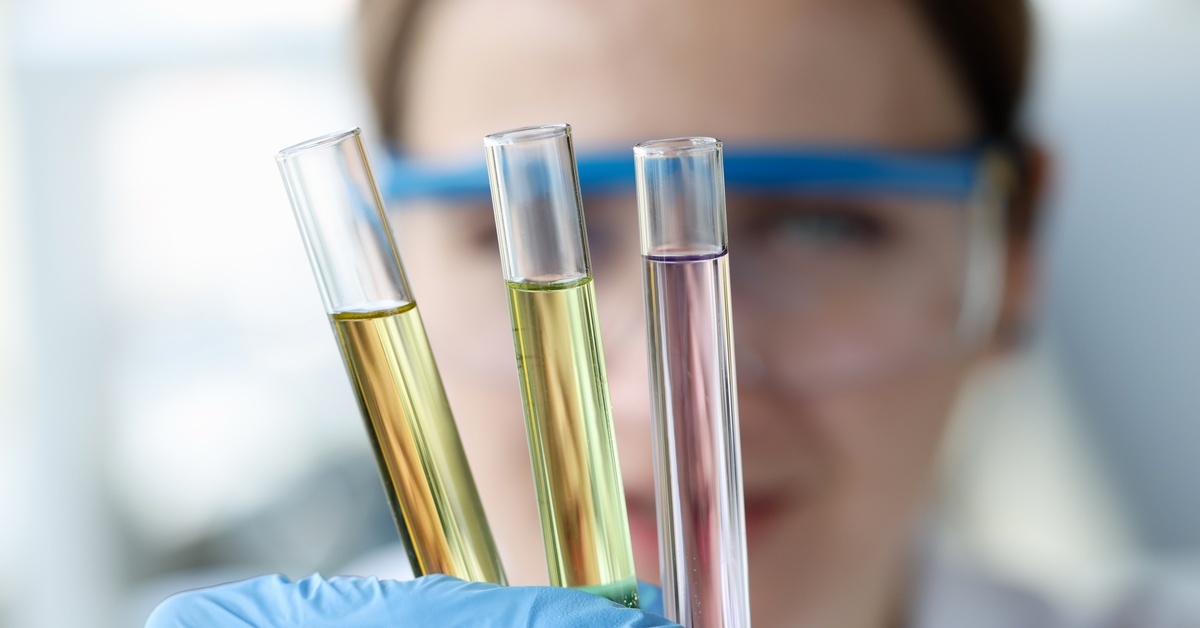Why Solvent Purity Is Crucial in the World of Chemistry
When producing accurate and reliable results in chemistry, solvent purity is non-negotiable. Many sectors depend on high-purity solvents, from drug formulation to industrial processes, to drive reactions, conduct analyses, and create innovative products. But what makes solvent purity vital, and how does it influence the outcomes of critical chemical processes? Take an in-depth look at why solvent purity is crucial in modern chemistry.
What Is Solvent Purity?
Solvent purity refers to the absence of contaminants or impurities in a solvent, ensuring it meets the specific chemical needs of a process or reaction. It’s a percentage or purity grade (e.g., HPLC grade, ACS grade) to indicate its refinement level.
High-purity solvents are free from interfering agents that alter chemical behavior, making them indispensable in pharmaceuticals and analytical chemistry fields. Their importance lies in their ability to provide a stable and controlled environment for chemical reactions, ensuring the desired accuracy and precision in results.
What Determines Solvent Purity?
Achieving solvent purity involves meeting strict parameters to ensure no unintentional variables in chemical formulations or experiments. Purity depends on concentration levels, the absence of water, and the presence of metals, oils, or organic compounds. Several techniques are common to measure and verify solvent purity, such as gas chromatography (GC), mass spectrometry (MS), and distillation.
These evaluation methods confirm that solvent grades match their designated applications. For example, solvents for spectroscopy demand extremely low trace contamination levels to avoid interference in optical or electronic measurements. Solvent certification ensures compatibility with applications ranging from delicate chemical research to industrial-scale reactions.
The Role of Solvents in Chemical Reactions
Solvents are inert carriers, mediums, and active participants in chemical processes. They dissolve reactants, enabling them to interact efficiently at the molecular level, making reactions faster and more effective.
Additionally, solvent purity is crucial in the world of chemistry as it influences reaction rates, product yields, and the overall success of chemical transformations. Their choice and purity make or break experimental outcomes, especially when working with sensitive or volatile compounds.
For instance, a solvent’s polarity determines its interaction with the reagents, dictating whether the reaction produces the desired products. Low-purity solvents with contaminants introduce unwanted side reactions that compromise this delicate chemical balance.
Impact of Impurities on Reaction Efficiency
The presence of impurities in solvents derail the efficiency and reliability of chemical reactions. Impure solvents may introduce unpredictable variables, such as altered reaction kinetics, undesired by-products, or reduced product yield. For example, trace amounts of water in an anhydrous solvent inhibit moisture-sensitive organometallic reactions, reducing efficiency and output loss.
One critical example is the Grignard reaction, where water contamination in the solvent renders the reaction ineffective. Likewise, in organic synthesis, impurities may lead to incomplete reactions or the formation of by-products that complicate separation and purification processes. The implications of solvent impurities are costly in terms of time and resources.
Consequences for Analytical Chemistry
Solvent purity is especially crucial in analytical chemistry, where even the slightest contamination skews results. Analytical techniques such as high-performance liquid chromatography (HPLC) and gas chromatography require solvents of the highest purity to prevent interference with sample measurements. High-purity solvents ensure accuracy and reproducibility in analytical measurements, making them essential in any reliable chemical laboratory supplies inventory.
When using a solvent with contaminants, chromatographic peaks may distort, leading to misinterpretation of data or unreliable quantification. Contamination poses significant risks in quality control processes, especially within industries like food safety, pharmaceuticals, and environmental monitoring.

Role in Industrial Processes
On an industrial scale, solvent purity significantly impacts manufacturing processes. Large-scale production often involves highly sensitive chemical reactions, where contamination leads to substandard products or costly failures. Whether you’re producing specialty chemicals, coatings, or petrochemicals, impurities in solvents disrupt processes and generate waste.
Maintaining consistency in solvent purity across industrial operations is challenging, particularly when handling high volumes. However, using precise purification techniques ensures that impurities don’t compromise operational efficiency or product quality.
Solvent Purity in Pharmaceutical Development
The pharmaceutical industry is one of the most demanding sectors regarding solvent quality. Solvent purity is integral in drug formulation, manufacturing, and testing. Contaminants compromise pharmaceuticals’ safety, efficacy, and stability, creating serious health risks for patients.
Regulatory authorities like the FDA and WHO mandate strict solvent purity standards for pharmaceutical production to mitigate this. For example, residual solvent testing is a critical element of Good Manufacturing Practices (GMP), ensuring solvents meet allowable limits for toxic residues. High-purity solvents are indispensable in producing consistent, safe, and effective medications.
Environmental Considerations
Solvent impurities also have environmental implications. Contaminated solvents generate more hazardous waste, complicating disposal and elevating the environmental footprint of chemical operations. Additionally, impure solvents require additional purification steps, further consuming resources and energy.
There’s a growing demand for eco-friendly, high-purity solvent options that minimize environmental harm while maintaining performance. Industries are turning to green chemistry principles to develop sustainable solvent systems, emphasizing recyclable solvents and reducing toxic by-products.
Solvent Purity in Research and Development
High-purity solvents are non-negotiable in research and development (R&D). They form the foundation for replicable and reliable experiments, enabling researchers to analyze results without interference from contaminants. Impure solvents compromise experimental integrity, leading to erroneous conclusions and wasted efforts.
Innovative fields like nanotechnology and biochemistry rely on high-purity solvents to ensure the precision and consistency required for cutting-edge discoveries. For researchers, investing in quality solvents is an investment in the reliability of their findings.

Economic Implications of Solvent Purity
While high-purity solvents often have a higher price tag, their benefits outweigh the costs. Using solvents with lower purity may initially seem economical, but the long-term expenses of failed experiments, inefficient reactions, and compromised product quality are far greater.
Industries and laboratories must carefully balance the costs of high-purity solvents with their operational needs, understanding that these investments reduce wastage and improve outcomes. By prioritizing solvent purity, businesses achieve better results while optimizing resource allocation.
Challenges in Achieving and Maintaining Purity
Achieving and maintaining solvent purity requires diligence across every stage of the solvent lifecycle. Common sources of contamination include poor storage conditions, improper handling, and exposure to environmental factors like moisture and air.
Best practices, such as using sealed containers, employing advanced filtration systems, and monitoring storage environments, minimize contamination risks. Besides preventive measures, regular testing and certification maintain solvent quality.
Advances in Solvent Purification
Advances in technology are continuously enhancing solvent purification techniques. Innovations such as advanced distillation systems, synthetic adsorbents, and ultrafiltration membranes allow for more efficient removal of contaminants.
Automation is also playing a vital role in improving solvent purity. Automated systems with precision-controlled processes reduce human error and ensure consistently high standards of purity.
Pursuing higher purity solvents is integral to the progress of numerous cutting-edge industries. By meeting the increasing demands for precision and safety, advancements in solvent technology will continue to empower scientific and industrial innovations.
These breakthroughs have the potential to address complex global issues while maintaining sustainable practices. The commitment to achieving unmatched solvent purity will pave the way for a safer and more efficient future.
Recent Posts
-
The Role of Desiccants in Protecting Hygroscopic Chemicals
Hygroscopic chemicals readily absorb moisture from the surrounding environment, leading to compromis …May 19th 2025 -
All About Pairing Containers With Corrosive Substances
Handling corrosive substances is critical in many industries, including manufacturing, pharmaceutica …May 12th 2025 -
Why Solvent Purity Is Crucial in the World of Chemistry
When producing accurate and reliable results in chemistry, solvent purity is non-negotiable. Many se …May 11th 2025




